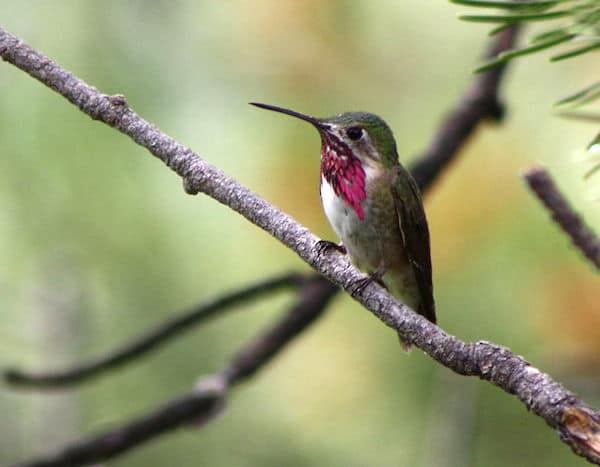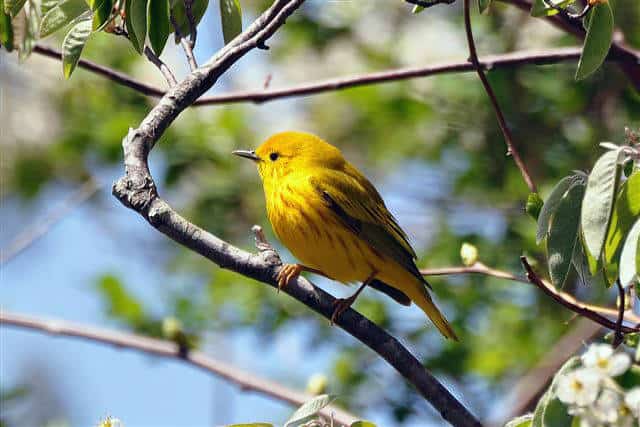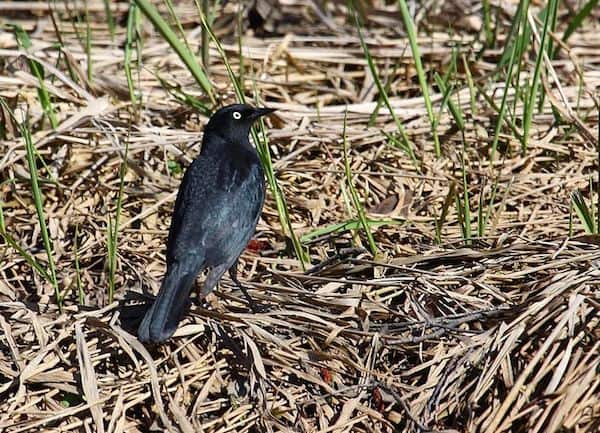The males’ “U”-shaped displays are accompanied by a metallic tzing, meant to dazzle a prospective mate. The magenta gorget feathers are extended to catch the fullest effect of the sun. A flat bzt, produced at the lowest point of the flight, is probably produced by wing or tail feathers.
A twig beneath the sheltering larger branch of a conifer is a frequent nest site. Leaves, mosses, and bark secured with spider silk form the outer portion of the nest. Soft plant downs, especially those of cottonwood and willow, line the interior.
Frigid winters in the mountains dictate a migratory lifestyle for Calliopes. Most are gone from the nesting grounds by late summer. Traditionally, they have wintered in southern Mexico, but in recent years an increasing number have joined other hummingbirds wintering in the southeastern U.S.




